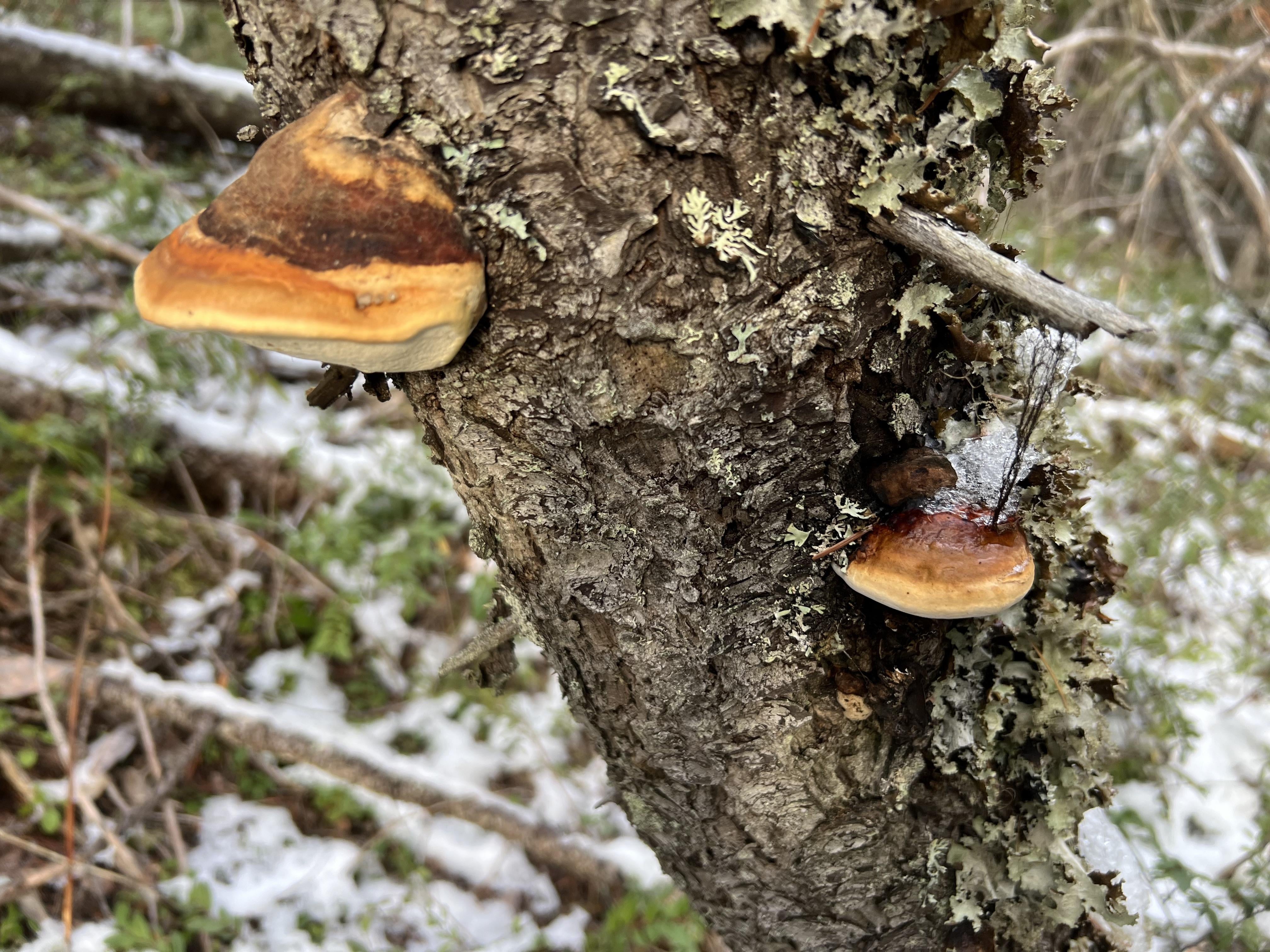Could A Fungus Really Eat You From The Inside Out? The Growing Threat Of Invasive Species

Table of Contents
Understanding Invasive Fungal Species
Defining Invasive Fungi
Invasive fungal species are fungi that have spread beyond their native range and are causing harm in new environments. Unlike many native fungi which exist in a balanced ecosystem, invasive species often exhibit characteristics that make them particularly dangerous. These include a rapid rate of spread, high virulence (the ability to cause disease), and often, resistance to antifungal drugs. A prime example is Candida auris, a particularly concerning invasive fungal pathogen known for its multi-drug resistance and ability to cause severe bloodstream infections.
- Definition of invasive species in the context of fungi: A fungal species that has been introduced to a new environment and is causing ecological or health problems.
- Characteristics of invasive fungal species: Rapid spread, high virulence, drug resistance, ability to adapt to new environments.
- Examples of dangerous invasive fungal species and their geographic spread: Candida auris (global), Aspergillus fumigatus (worldwide), Cryptococcus gattii (expanding range).
The Mechanisms of Fungal Infection
How Fungi Invade the Body
Fungal infections, especially those caused by invasive species, can be incredibly dangerous. These fungi employ various strategies to overcome the body’s natural defenses.
- Different modes of entry: Inhalation of fungal spores (common with Aspergillus), ingestion of contaminated food or water, entry through wounds or medical devices.
- Immune response to fungal infections and how invasive species circumvent it: The immune system attempts to fight off the fungus, but invasive species often possess mechanisms to evade these defenses, making infection more likely and more severe. This is especially true in immunocompromised individuals.
- Opportunistic infections and immunocompromised individuals: Individuals with weakened immune systems (due to HIV/AIDS, cancer treatment, organ transplantation, etc.) are particularly vulnerable to invasive fungal infections.
The Growing Threat and Global Impact
Factors Contributing to the Rise of Invasive Fungi
Several factors are contributing to the rise of invasive fungal infections and their increasing severity:
- Climate change: Warmer temperatures and altered rainfall patterns can expand the geographic range of many fungal species, creating new opportunities for them to infect humans and animals.
- Globalization and international travel/trade: The rapid movement of people and goods across borders facilitates the spread of invasive fungi to new areas, often far from their origins.
- Antifungal drug resistance: The overuse and misuse of antifungal medications have led to the emergence of drug-resistant strains, making treatment more challenging and less effective.
Prevention and Treatment of Invasive Fungal Infections
Strategies for Prevention and Control
Preventing the spread of invasive fungal species requires a multi-pronged approach:
- Preventing the spread of invasive fungi in healthcare settings: Strict infection control protocols, including hand hygiene, environmental cleaning, and appropriate use of personal protective equipment, are crucial.
- Early detection and rapid diagnosis: Early diagnosis is critical for effective treatment. Advanced diagnostic tools are needed to rapidly identify invasive fungal pathogens.
- Antifungal treatments and their limitations: A range of antifungal drugs are available, but the emergence of drug-resistant strains limits their effectiveness. Research into new antifungal agents is vital.
Conclusion
Invasive fungal species represent a significant and growing threat to global health. Their ability to cause severe and often life-threatening infections, coupled with the challenges posed by antifungal resistance and the influence of climate change, necessitates a proactive and comprehensive approach. Understanding the mechanisms of fungal invasion, the factors driving their spread, and implementing effective prevention strategies are critical steps in protecting public health. Learn more about the risks and how to protect yourself and your community from these dangerous pathogens. Stay informed about the latest research on invasive fungal infections and practice good hygiene to minimize your risk. Understanding the growing threat of invasive fungal infections is crucial for protecting public health. Let's work together to combat this escalating challenge.

Featured Posts
-
 Presidential Seals Lavish Spending And Accountability A Critical Analysis
May 26, 2025
Presidential Seals Lavish Spending And Accountability A Critical Analysis
May 26, 2025 -
 Climate Change And The Rise Of Dangerous Fungi
May 26, 2025
Climate Change And The Rise Of Dangerous Fungi
May 26, 2025 -
 Atletico Madrid In Sevilla Zaferi Mac Sonucu Ve Oenemli Anlar
May 26, 2025
Atletico Madrid In Sevilla Zaferi Mac Sonucu Ve Oenemli Anlar
May 26, 2025 -
 Atletico Madrid Geriden Gelis Hikayesi
May 26, 2025
Atletico Madrid Geriden Gelis Hikayesi
May 26, 2025 -
 Opulence And Oversight Scrutinizing The Use Of Public Funds For Presidential Seals High End Watches And Events
May 26, 2025
Opulence And Oversight Scrutinizing The Use Of Public Funds For Presidential Seals High End Watches And Events
May 26, 2025
Latest Posts
-
 Moss 17 Mai Detaljert Program Og Informasjon Om Arets Feiring
May 29, 2025
Moss 17 Mai Detaljert Program Og Informasjon Om Arets Feiring
May 29, 2025 -
 Mai Feiringen I Moss Program Arrangementer Og Aktiviteter
May 29, 2025
Mai Feiringen I Moss Program Arrangementer Og Aktiviteter
May 29, 2025 -
 Nasjonaldagen 17 Mai I Moss Opplev En Spesiell Feiring
May 29, 2025
Nasjonaldagen 17 Mai I Moss Opplev En Spesiell Feiring
May 29, 2025 -
 Mai Moss Feir Nasjonaldagen Med Oss Fullstendig Program
May 29, 2025
Mai Moss Feir Nasjonaldagen Med Oss Fullstendig Program
May 29, 2025 -
 Liverpool Fc Transfer News Anfield Nears Signing Of Real Madrid Star
May 29, 2025
Liverpool Fc Transfer News Anfield Nears Signing Of Real Madrid Star
May 29, 2025
